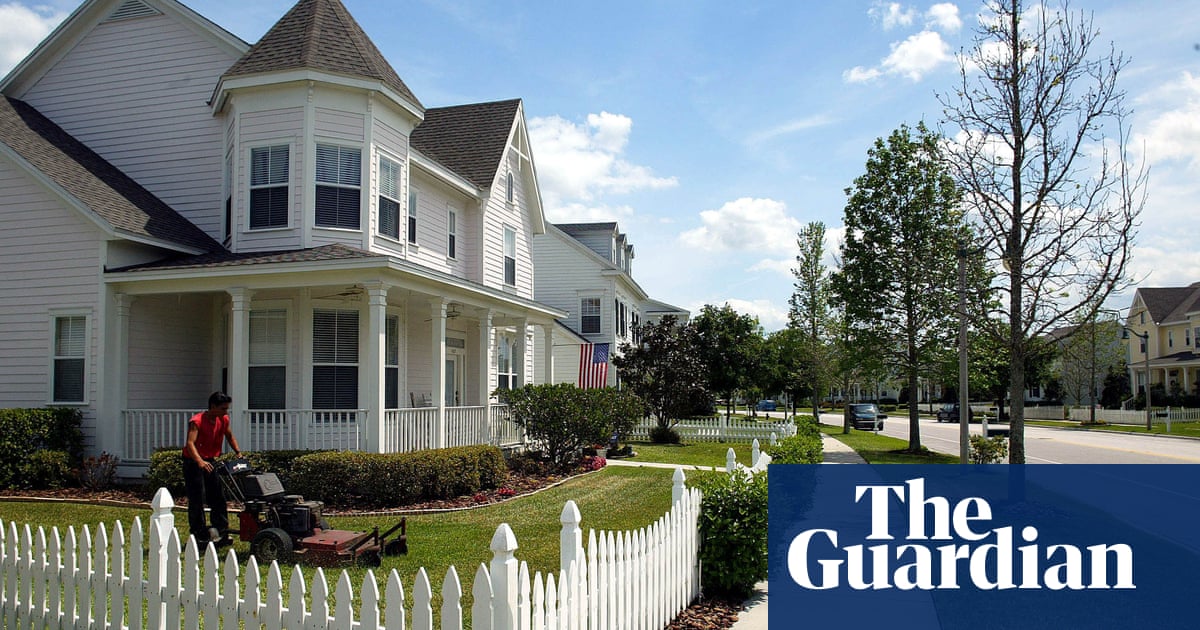
The average US household is almost a third richer than its UK counterpart and most of this difference is down to housing being cheaper in the US, according to a study by a leading thinktank.
If it were not for the fact that homes are 40% less expensive a square metre on average in the US – allowing them to live in much larger properties for the same outlay – US households would have the same standard of living as their counterparts across the Atlantic.
That is the conclusion of the Social Market Foundation after a review of economic progress in the US and UK over two centuries and how the higher incomes per head of population in the US are, in several important instances, wasted on over-priced or ineffective services, leaving them no better off.
The report highlights how the UK has had the lower standard of living per head of population of the two countries for more than a century, averaging 30% below the US.
A widening in the gap between US and UK labour productivity – the amount produced each hour by the average worker – since the 2008 financial crash, means UK gross domestic product per head has fallen a further five percentage points behind the long-run average.
The gap has also increased in recent years, the report says, after worker productivity in the US improved by 22% since 2008 compared with a 6.8% improvement in the UK.
However, US households have squandered much of the gains from higher average wages on the soaring costs of a health insurance system that delivers a worse mortality rate than in the UK.
Britain spends 53% less on healthcare per head than the US, yet “people in the UK generally live healthier, less dangerous lifestyles and have more equitable basic healthcare provision, which makes for lower rates of preventable and treatable mortality than the United States”, said John Handley, the author of the report.
The US also spends money on public services that deliver worse outcomes than comparative ones in the UK, the report said, especially public transport.
US citizens devoted more of their transport spending on buying large private cars, which arguably lead to lower average travel speeds and higher deaths on the roads than in the UK, Handley said.
According to a measure of purchasing power parity in 2022 produced by the International Comparison Program, average spending on transport was $3,842 (£3,018) in the US and $2,532 in the UK.
Handley said that while it could be said the US had a dysfunctional health system that drained the country’s households of a disproportionate amount of income, the same could be said of the UK housing market.
“Differences in healthcare and transport consumption are largely a function of how each society chooses to spend its resources. In the case of healthcare and transport, it can be argued that the US wastes its economic advantages with socially inefficient and ineffective spending,” he said.
“The gap in housing is a more direct reflection of dysfunction in the UK housing market. The surefire way to increase real housing consumption is to increase the size and quality of the housing stock,” he added.











